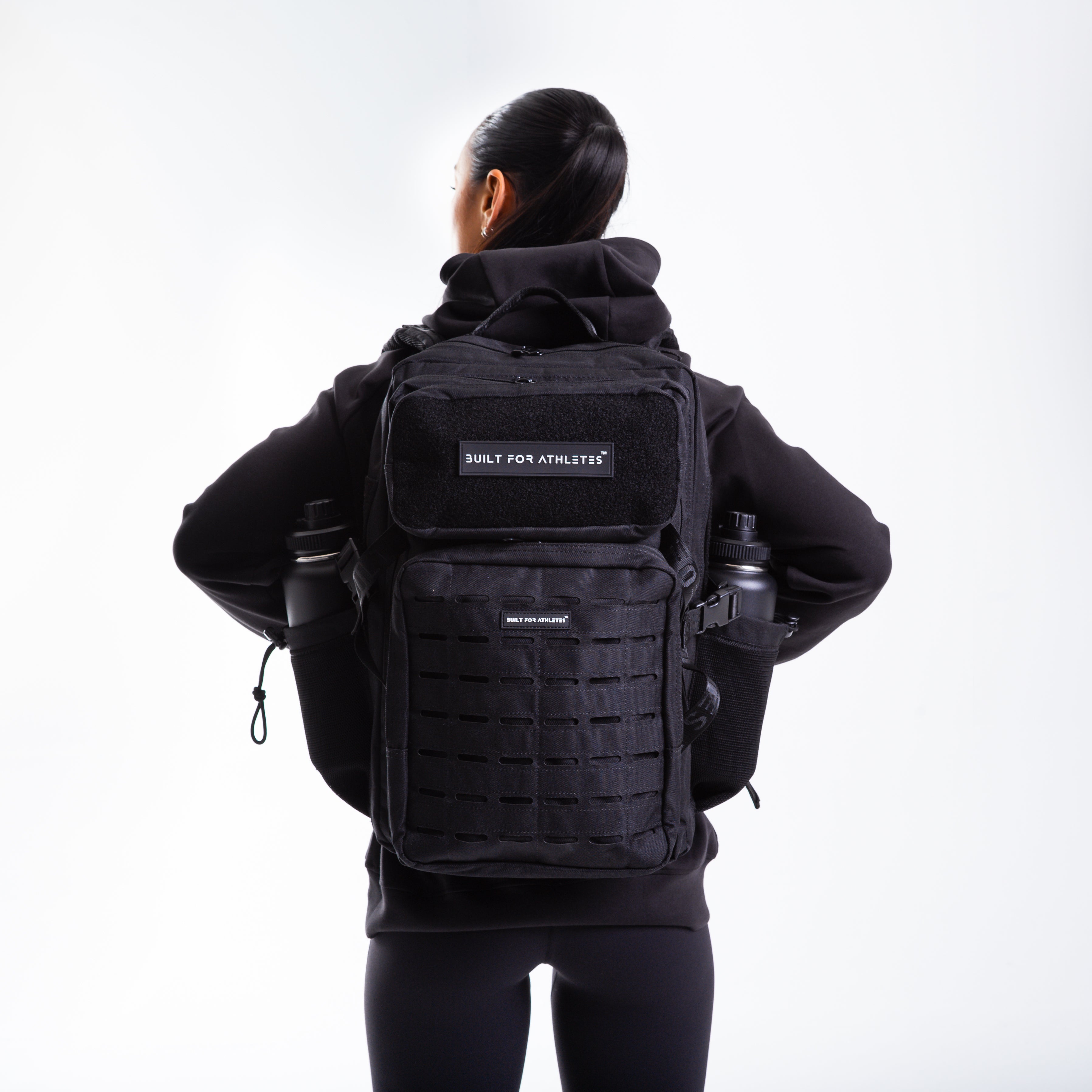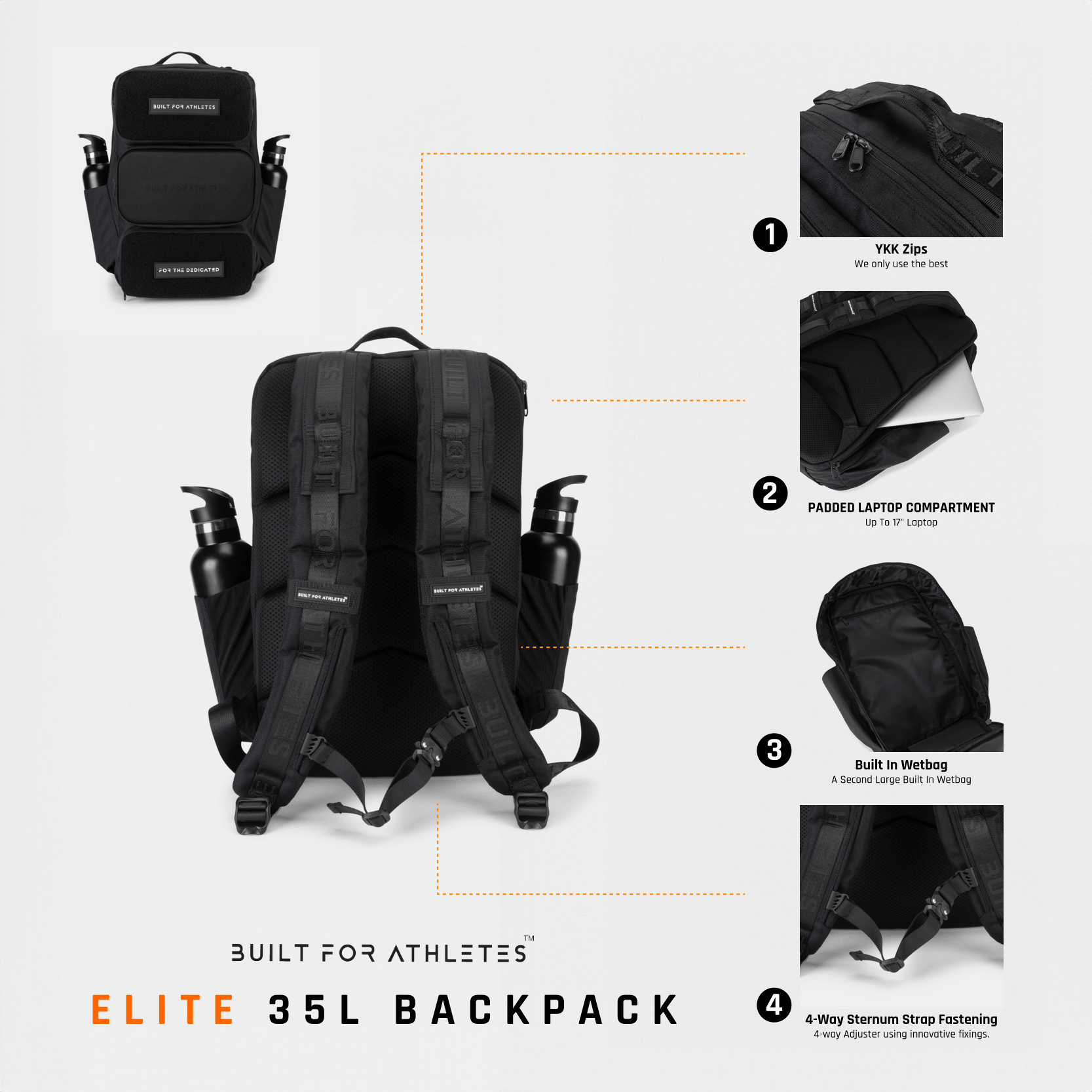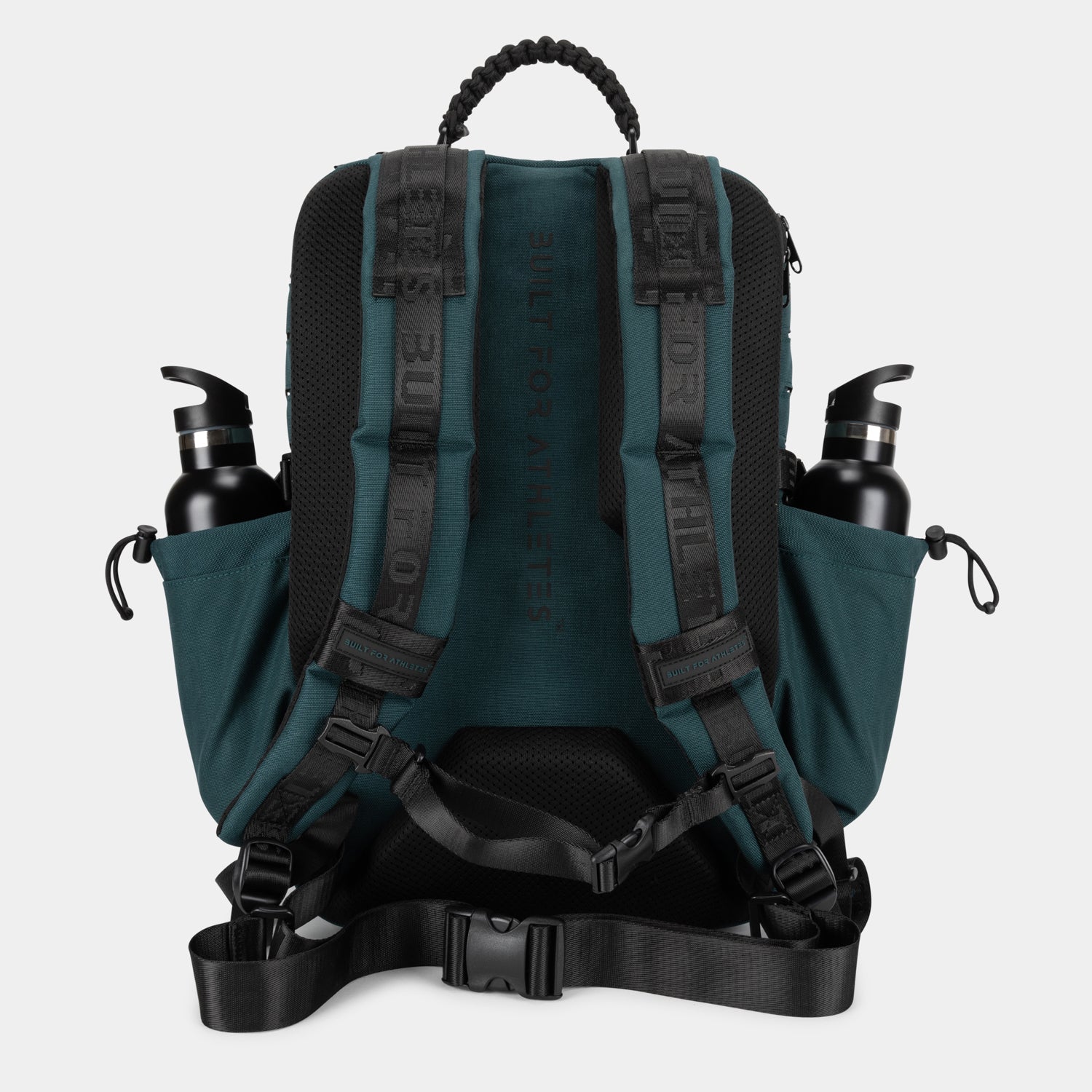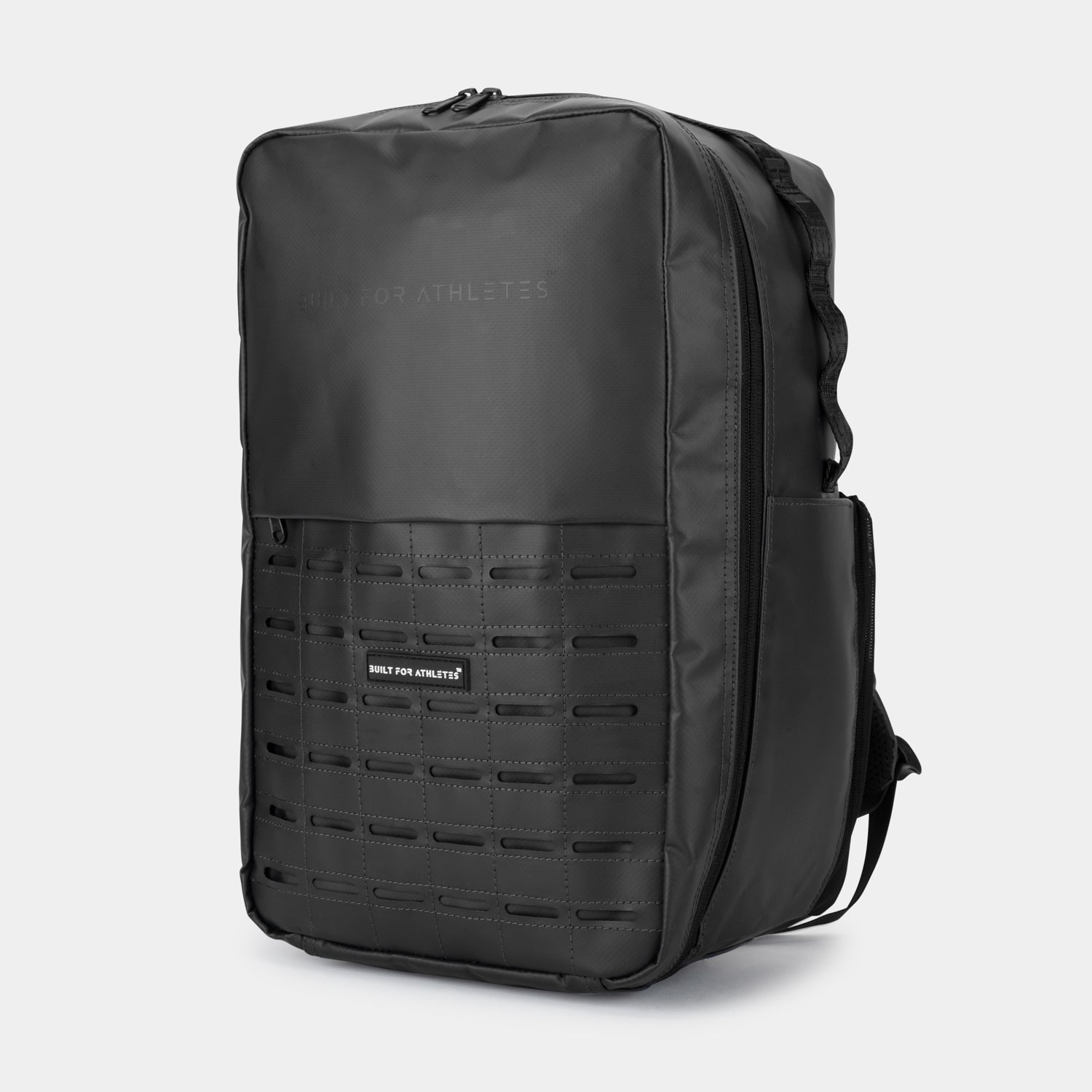NASA astronauts went into space using an agency rocket made by Elon Musk’s SpaceX for the first time at the end of May.
The crew are now onboard the International Space Station and maintaining their conditioning will be a big priority during their time there, with as much as two and a half hours a day spent exercising.
Due to the lower force of gravity, a human body will see both its muscular strength and cardiovascular fitness reduced significantly while in space if it’s left to waste away.
So how do astronauts workout in space? Built for Athletes takes a look.
COLBERT Treadmill
Astronauts will generally do continuous and interval-based aerobic training on alternate days, much like endurance athletes on Earth.
They have a specially designed treadmill named COLBERT, which is arguably the most famous treadmill ever made.
It’s essentially a normal running machine with a harness attached to it by bungee cords that the crew members will wear when going for a run, as well as elastic straps that fit over their shoulders to hold them down.
Apparently it feels a bit like running with a backpack on due to the straps. The treadmill also has its own suspension system to absorb the vibrations from each footfall and ensure the whole station doesn’t shake with every step.
CEVIS Bike
Astronauts also have the opportunity to use a stationary bike for their aerobic training.
The bike is secured to the wall of the station so it doesn’t float away and a harness is again used to strap crew members in.
Their heart-rate and power data from the cycle is sent back down to Earth so that an individual programme can be developed for each astronaut.
ARED Resistance Machine
Muscular atrophy can occur quickly in space, so regular resistance training is essential.
To do this a machine called the ARED is used, also known as “The Beast” by astronauts.
It works by using vacuum cylinders, that could be compared to bicycle pumps, increasing the resistance as a piston is pulled in or out.
This allows users to perform a range of exercises but they will be able to lift about twice the weight they could on Earth. So if doing a squat, for example, astronauts could cope with about twice the weight they normally could.

























































Share:
New Study Shows More People Are Running For Mental Health Benefits
5 Exercises To Build Shoulder Strength